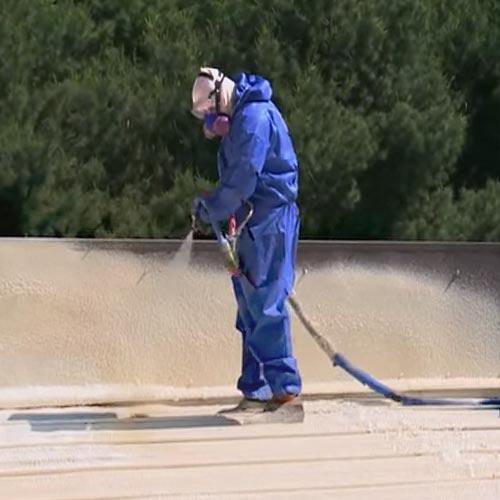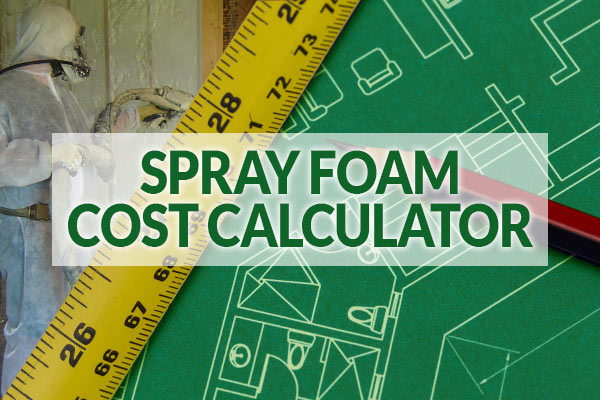Flat Roof Insulation
A home that has incorporated a flat roof is bound to lose a lot of heat, and may also be prone to leaking, which in turn deteriorates materials in the house. It goes without saying that the best way to deal with this is through insulation. Before that, it is always important to know if your home falls under the flat roof category.
In definition, a flat roof is any roof that has a pitch of less than 10 degrees. They are very easy to spot as they are always horizontal. They also tend not to have the loft space, which many people usually associate with pitched roofs.
The flat roofing structures have been in use for the longest time and although they are considered old school, their use is still quite popular today, especially in the urban areas. Some of them have parapets on one side while others contain them in three or all the sides of the roof.

In the past, people never used to take insulation as a priority in their buildings and as a result, flat roofs today have poor insulation, leaving a room extremely cold in the winter and overly warm during summer.
It does not have to be this way, though, as there are various ways to effectively insulate a flat roof. It has always proven advantageous to insulate a flat roof, particularly if you want to replace the roof covering. Here are the two main methods of flat roof insulation:
Cold flat roof insulation
This is common, especially among the traditional flat roofs. The cold roof construction type generally implies that there is a layer of vapor control in the ceiling coupled with a cross ventilation at the top of the walls. Such set-ups are handy in tackling condensation problems. In other words, the insulating material is placed between the joist spaces that provide support for the roof structure. Our team of experts ensures that the material is laid very carefully and to the latter such that there is a 50-60 mm gap between the roofing material and the insulation to allow for air flow through the structure.
For very shallow joists above the ceiling, we will apply the spray foam insulation to insulate the space. Otherwise, we will be able to determine the best insulation solution for the best results.
Warm deck insulation
These days, flat roofs incorporate the warm roof demeanor. In this case, insulation can be put in two different ways. The first is where the insulation is put below the weatherproof membrane, often referred to as ‘warm roof deck construction’ and above the waterproof membrane, known as ‘inverted warm deck.’
When putting the insulating material on top of the roof, the first process is laying 100 mm of rigid board insulation on top of the roof membrane to protect the layers underneath from adverse weather. A layer of asphalt is then added on top. Afterward, the flat roof can be used for a number of things. The major advantage of warm deck insulation is that there is virtually no room for condensation issues.
As professionals at RC Spray Foam, we advise against attempting to conduct the insulation process yourself. Any mishap or skipped step may have dire consequences on your roof. This is why we have a dedicated hotline 1-647-973-3626, which is on hand to help you with your insulation challenges.


